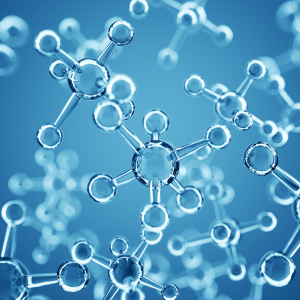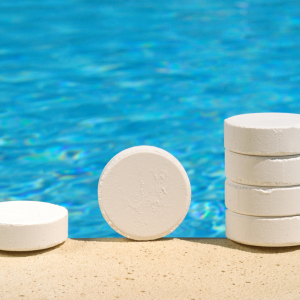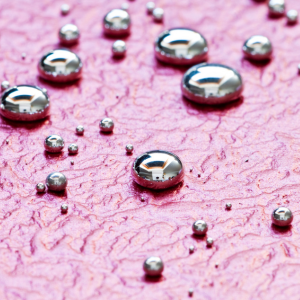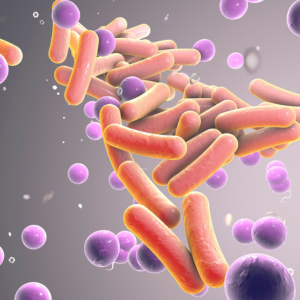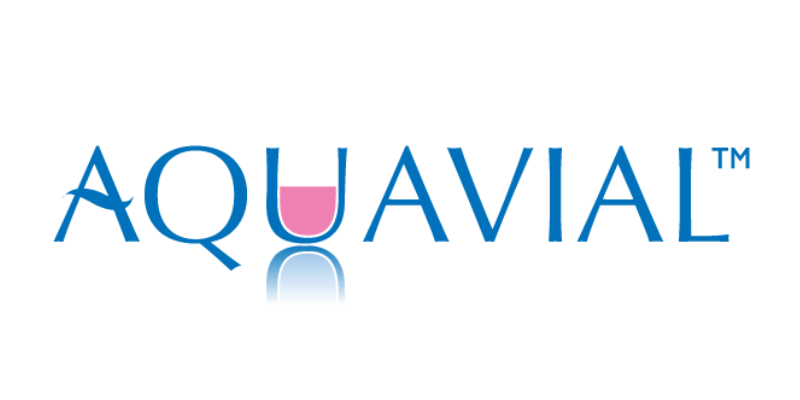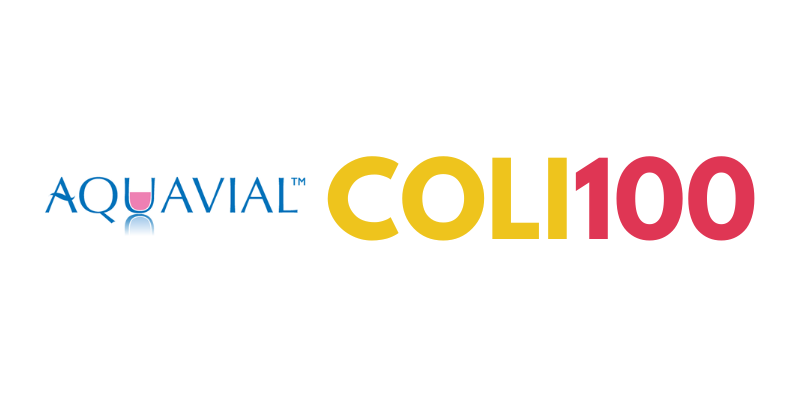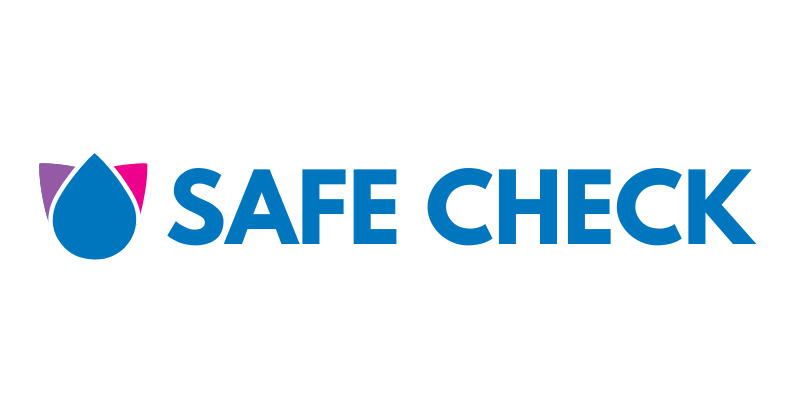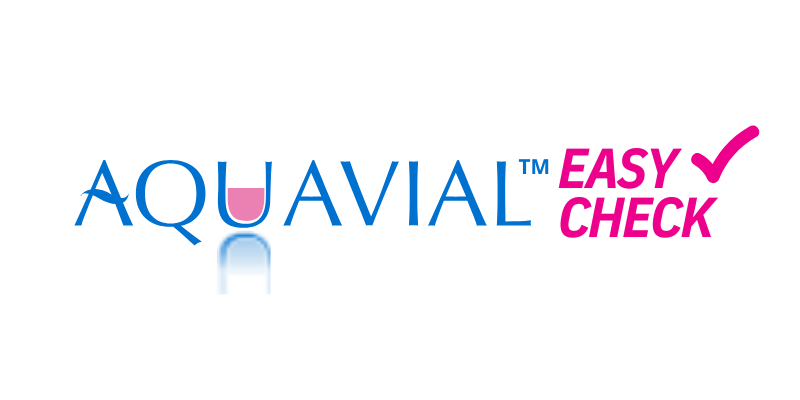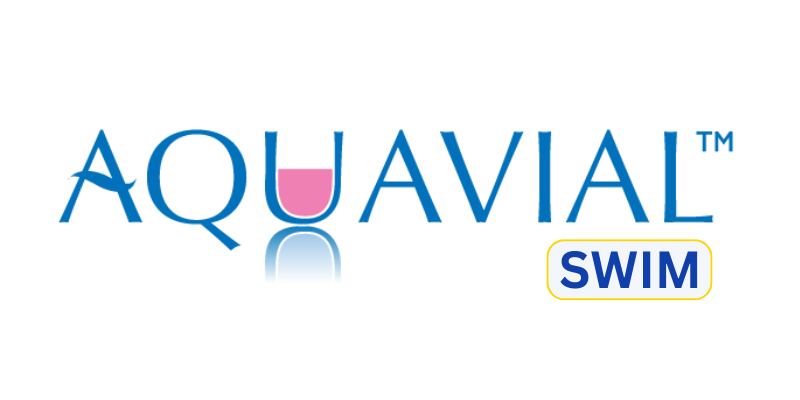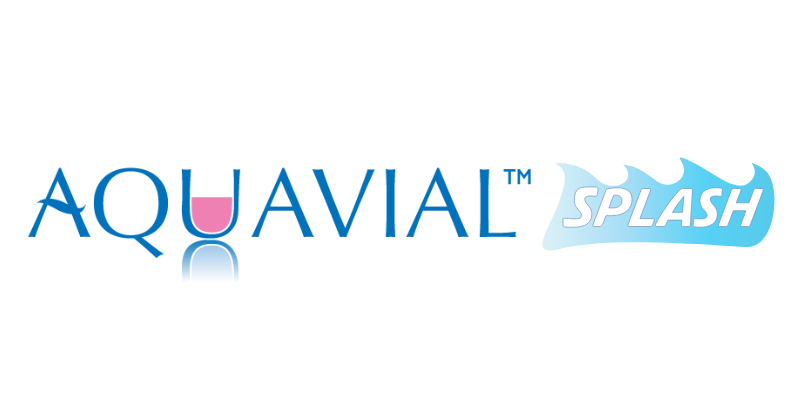TESTS
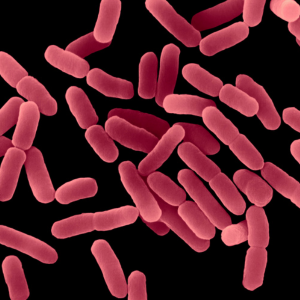
E.COLI
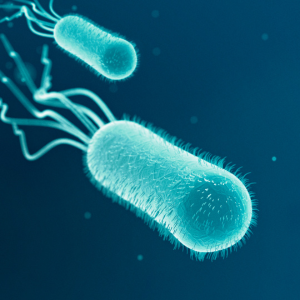
TOTAL COLIFORM

TOTAL BACTERIA
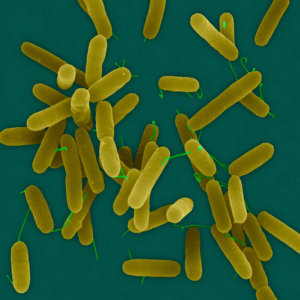
PSEUDOMONAS
ExactBlue currently produces qualitative, limit based tests for a variety of contaminants. We have additionally developed a mobile lab platform that performs quantitative tests for Total Bacteria & Fungi, Legionella, and more.
Our R&D program allows for the development of a wider variety of tests for use in multiple applications.
E.COLI
E. coli (Escherichia coli) is a type of bacteria commonly found in the intestines of humans and animals. While most strains of E. coli are harmless, some can cause serious illness. The harmful strains, such as E. coli O157:H7, produce toxins that can lead to food poisoning and gastrointestinal infections.
Contaminated water can come from sources like sewage, agricultural runoff, or animal waste, making it unsafe for drinking, swimming, or irrigation. Proper water treatment and sanitation practices are essential to prevent E. coli contamination and protect public health.
Total coliforms are a group of bacteria commonly found in the environment, including in soil, vegetation, and the intestines of warm-blooded animals. They are often used as an indicator of water quality because their presence suggests that the water may be contaminated with pathogens that could cause illness.
When total coliforms are detected in water, it indicates a potential risk for waterborne diseases. Although most coliforms are harmless, their presence suggests that other harmful microorganisms, such as E. coli, may also be present.
TOTAL BACTERIA
Total bacteria refers to the overall presence of bacterial microorganisms in water, including both harmful and harmless species. These bacteria can be found naturally in the environment, including in soil, plants, and water systems. However, the presence of total bacteria in water can signal potential contamination, which may pose health risks to humans and animals.
The presence of elevated total bacteria levels often indicates poor water treatment, inadequate sanitation, or the possibility of biofilm formation in water systems. Regular monitoring of bacterial levels is essential for identifying potential issues early and ensuring water safety
PSEUDOMONAS
Pseudomonas is a genus of bacteria commonly found in soil, water, and environmental surfaces. While many species of Pseudomonas are harmless, certain types, like Pseudomonas aeruginosa, are opportunistic pathogens that can pose serious health risks, especially in vulnerable populations.
The detection of Pseudomonas in water often signals poor water quality and inadequate disinfection or filtration. Routine water testing is critical in environments such as healthcare facilities, pools, spas, and other recreational waters to ensure that Pseudomonas levels are kept within safe limits.
HYDROGEN PEROXIDE
Hydrogen peroxide (H₂O₂) is a chemical compound commonly used as a disinfectant, bleach, and oxidizing agent in various water treatment applications. While hydrogen peroxide is generally considered safe when used in controlled amounts, excessive concentrations can lead to water quality issues.
High levels of hydrogen peroxide in water can cause irritation to the skin, eyes, and respiratory system, and may also disrupt the delicate balance of other chemicals, such as pH and chlorine levels. Monitoring hydrogen peroxide levels in water is important to ensure that it is used effectively and safely.
CHLORINE
Chlorine is one of the most widely used disinfectants in water treatment, particularly for drinking water, swimming pools, and wastewater systems. It is effective in killing bacteria, viruses, and other pathogens, making it essential for maintaining safe water quality.
However, while chlorine is essential for water disinfection, it must be carefully monitored to maintain safe levels. Too little chlorine can result in insufficient disinfection, leaving the water vulnerable to contamination. On the other hand, excessive chlorine can cause irritation to the skin, eyes, and respiratory system, and can alter the taste and odor of the water. Regular testing of chlorine levels is crucial to ensure the water is both safe and comfortable for its intended use
MERCURY
1 ppm-100 ppm | |
60 Seconds | Coming Soon |
10 Minutes | Coming Soon |
COMING SOON
Fungi, including molds and yeasts, can often be found in various water sources, especially in environments with poor ventilation or inadequate sanitation. While some fungi are harmless, others can pose significant health risks, particularly in water systems that support the growth of mold
Fungal contamination is also a concern in water used for food production, as it can lead to spoilage and contamination of products. Regular testing for fungi in water is essential to ensure that water systems, particularly in healthcare, food manufacturing, and recreational environments, remain free from fungal contamination.
Legionella is a type of bacteria commonly found in natural water sources like rivers and lakes, but it can also thrive in man-made water systems, such as plumbing systems, cooling towers, hot tubs, and air-conditioning units.
When Legionella bacteria are inhaled through aerosolized water droplets (such as mist from showers, faucets, or air conditioning systems), they can cause Legionnaires’ disease, a severe form of pneumonia. Regular testing is essential to monitor the presence of Legionella and maintain water safety.
Contaminated water can result from sources such as sewage, agricultural runoff, or improper waste disposal, posing risks for drinking, recreational activities, and irrigation. Effective water treatment, proper sanitation, and monitoring are crucial to minimize the risk of enterococci contamination and safeguard public health.

